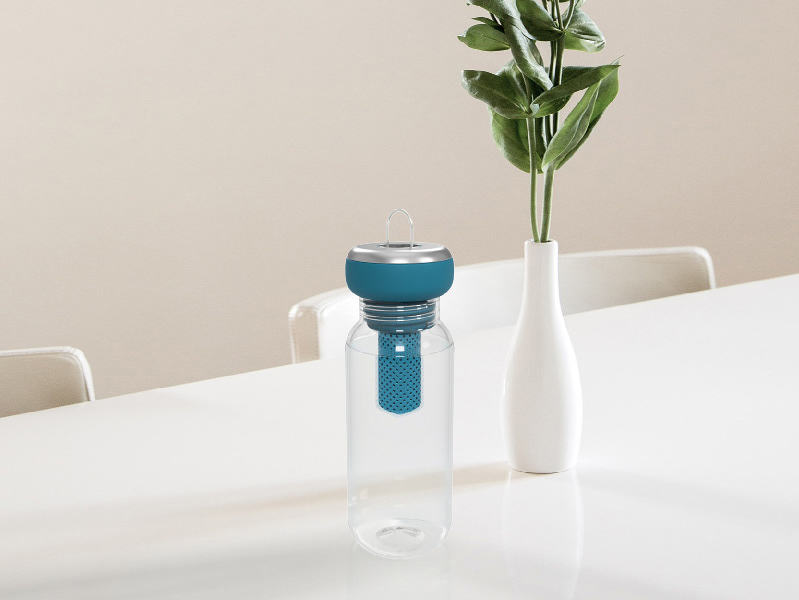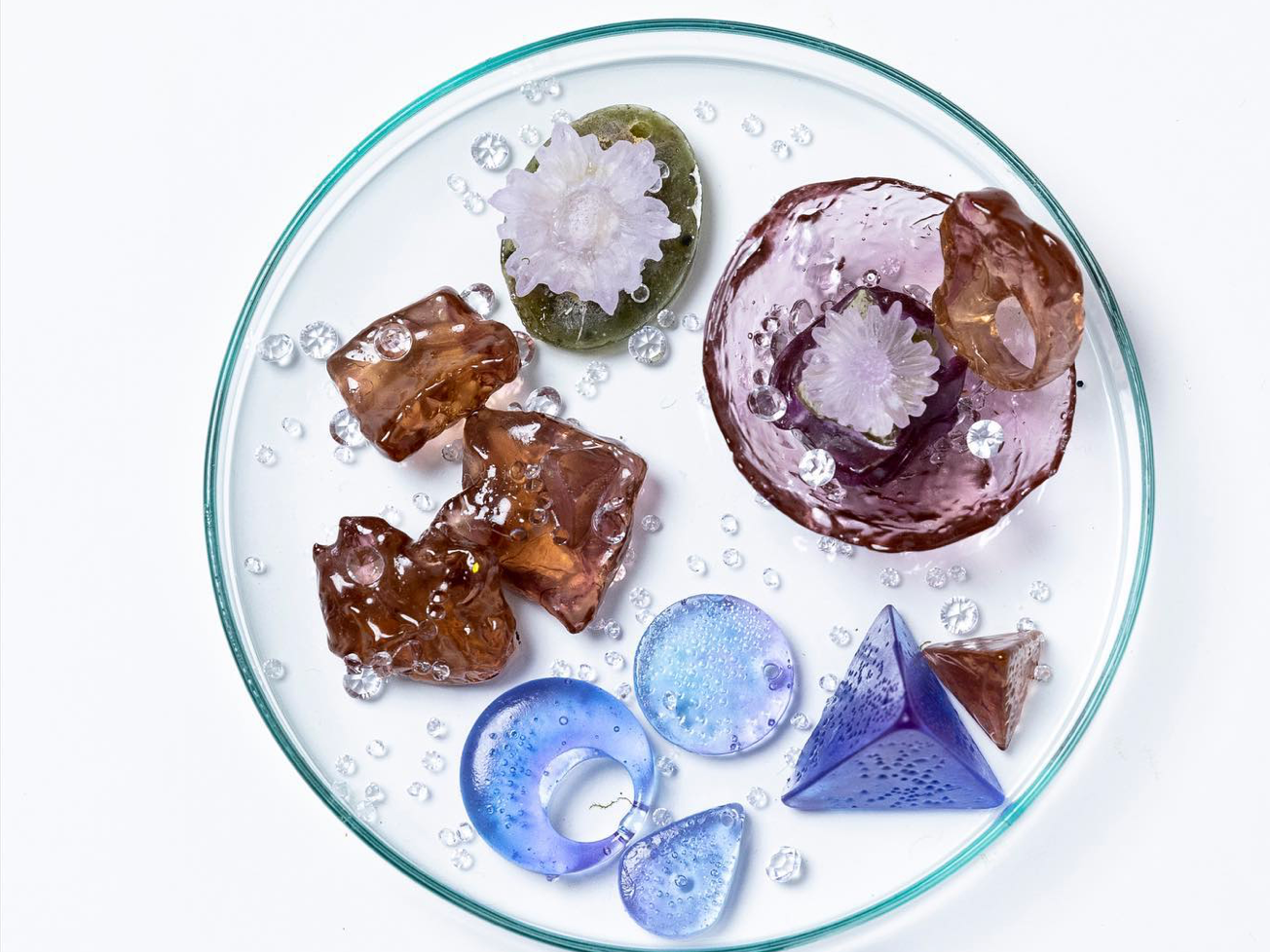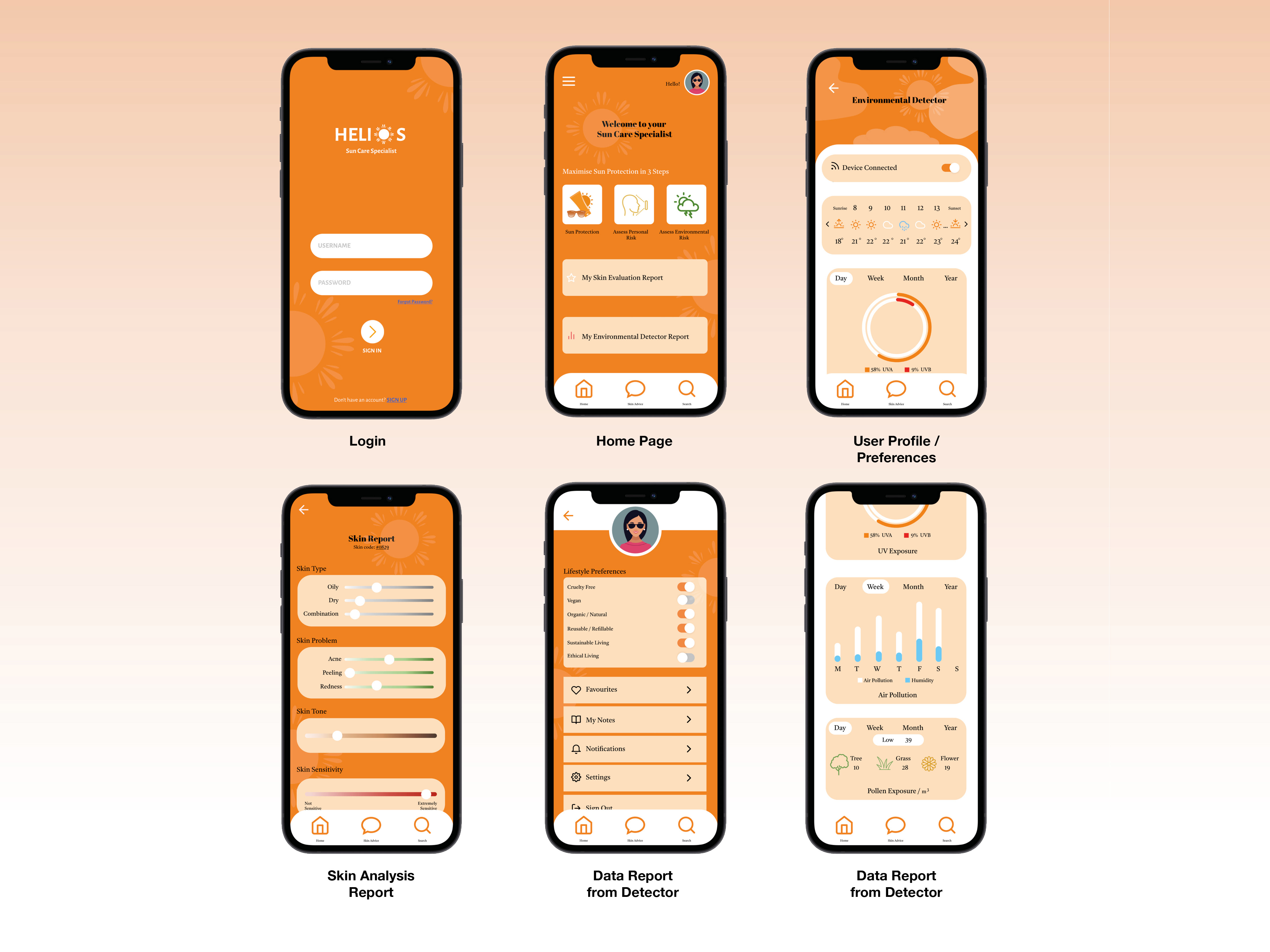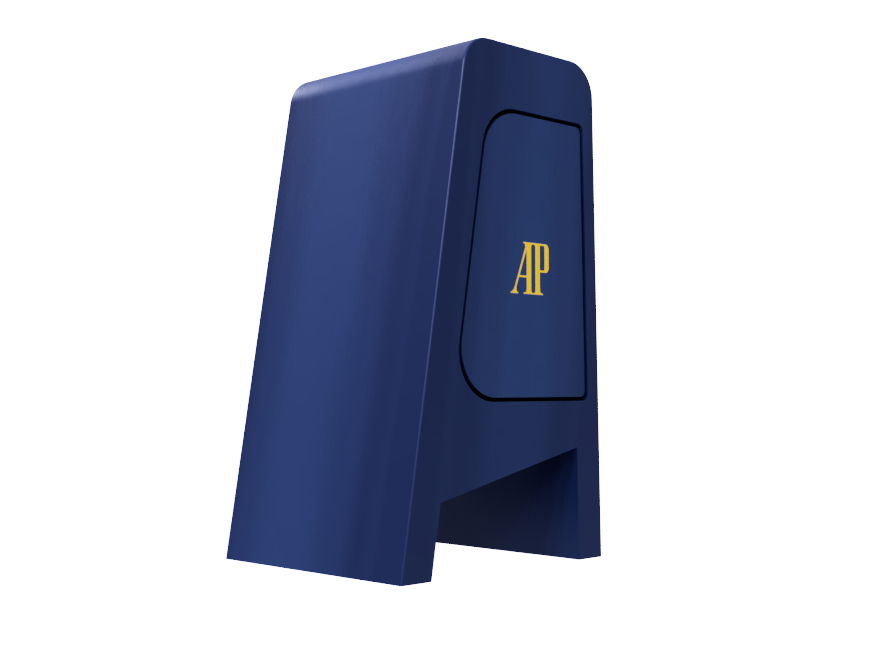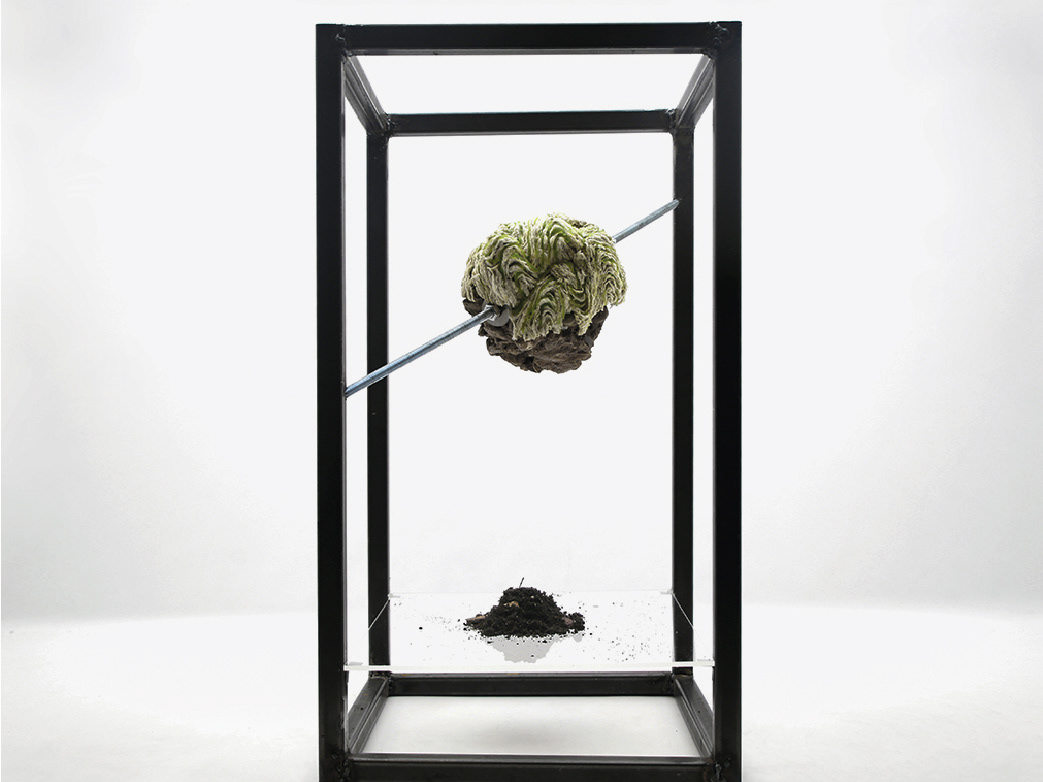
Necklace concepts

Ring & earring concepts

Table concepts

Table concepts

Chosen concept
Sustainable designed jewellery collection, using regenerative materials and waste from jewellery making.

Ring final prototypes

Necklace final prototype

Earring Prototype

Earring Prototype
Pearlescence of the Future: table set up.

Lab-grown Tahitian pearl

Lab-grown pearl necklace

Making of lab-grown pearl necklace

Close-up of pearlescence coating

Dipping of pearl coating




